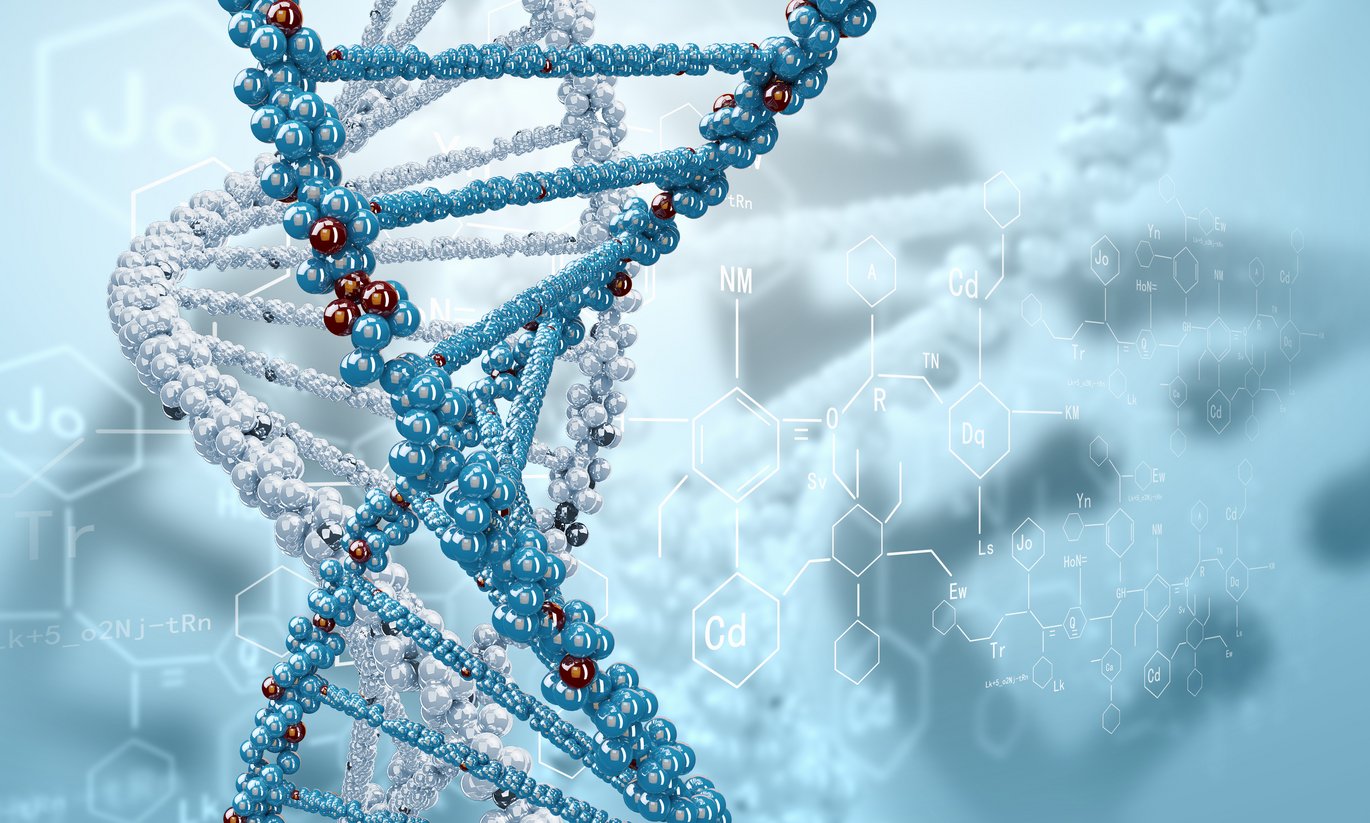USA patent protection granted for new technology diagnosing cancer
Aarhus University recently received USA patent protection for a new method holding promise for various applications ranging from predicting risk and early diagnosis of disease to design of personalised treatments for patients.

A new diagnostic technology may significantly improve early detection and treatment of cancer and other diseases. Via a simple blood test the method can potentially diagnose diseases such as cancer at an early stage, enable screening of healthy individuals at risk of developing cancer, and help plan an individual course of treatment. Aarhus University has just received a patent for the technology in the USA.
"The fact that we have now received patent protection for the American market is a really promising sign. We have just begun clinical research for breast cancer and the first results are very encouraging. We already know that the method can be used for many different types of cancer and potentially other diseases, but carrying out research that aims to develop diagnostic testing requires substantial funding,” says Tomasz K. Wojdacz, honorary associate professor at the Department of Biomedicine at Aarhus University, who together with Associate Professor Lise Lotte Hansen conducts research in the field of epigenetics with focus on DNA methylation.
“Now with the patent granted we hope to be able to find interested investors, which would speed up our research. The funding unfortunately is highly significant for how quickly the test can be implemented in hospitals around the world," says Tomasz K. Wojdacz.
A method with great potential
The new method can easily be implemented in practice. Diagnostic tests based on the method can be performed in most of diagnostic laboratories, as they do not require special equipment.
"The method detects specific changes affecting the pattern of genes, which are either active or silenced in a specific cell. The method is very sensitive and able to detect these changes in a limited number of cells, which is e.g. crucial for early diagnosis of cancer. It is well established that environmental factors play a role in changing this pattern of active and silenced genes, changes that may play a role in the onset of not only cancer but a long list of diseases including diabetes, cardiovascular and psychiatric diseases. Therefore, we see a huge potential for the use of the method we have developed,” explains Lise Lotte Hansen.
Lise Lotte Hansen and Tomasz K. Wojdacz are currently focusing on the application of the method in breast cancer risk screening and treatment but hope to soon be able to start clinical research targeting other types of cancer and diseases.
Clinical research for breast cancer has begun
Of all the countries in the world, Denmark is the one with the highest incidence of breast cancer. According to preliminary results, a new test based on this technology makes it possible to find about 15 per cent of the women who are at risk of breast cancer.
“Most of our research currently focuses on using the method to identify healthy individuals with increased risk of developing disease in the future. Identification of these patients before they develop disease has significant benefits not only for the patients but also for the healthcare systems. It brings significant savings, as it is always cheaper to prevent disease than treat it,” says Tomasz K. Wojdacz.
The new technology was discovered by Tomasz K. Wojdacz and Lise Lotte Hansen and further developed by Tomasz K. Wojdacz in collaboration with the Peter MacCallum Cancer Centre, Melbourne, Australia. The application process for the US patent began in 2007 and was finalised this October when the patent protection was granted.
Further information
Honorary Associate Professor Tomasz K. Wojdacz
Aarhus University, Department of Biomedicine
Mobile: +45 4028 9007
wojdacz@biomed.au.dk
Associate Professor Lise Lotte Hansen
Aarhus University, Department of Biomedicine
Mobile: +45 2899 2180
lotte@biomed.au.dk